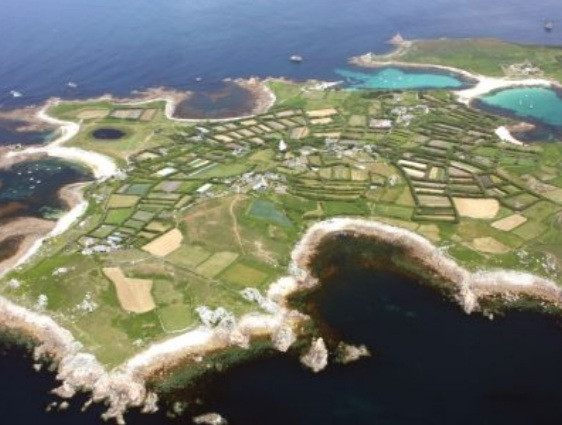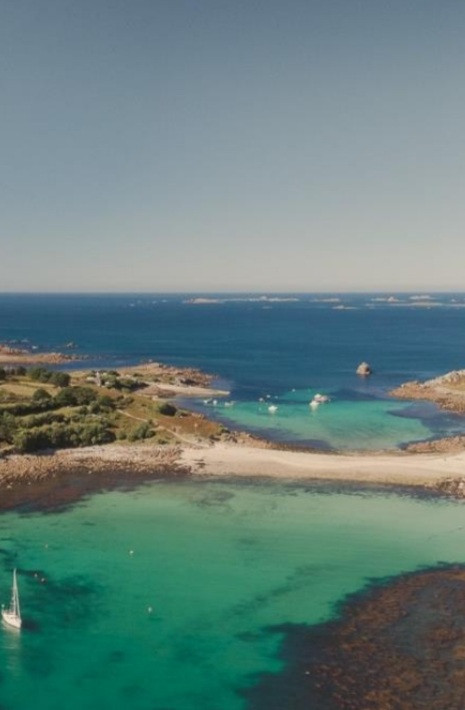Opis
St Agnes is the third best island in the group for birding, after St Mary's and Tresco. 302 species seen here (the ticklist for the Scilly Isles runs to 453 incl 63 wader species, 44 warblers, 28 finch/buntings). 4 whale species, 4 dolphin sp, porpoise, grey seal, common seal and basking shark seen offshore; the islands also have the rarer red squirrel.
Birders may expect rare vagrants in autumn including american species after westerly storms. For example krętogłów, biegus długoskrzydły, 5 shearwater species, drzemlik, białorzytka pustynna, dudek, muchołówka mała, zaroślówka, świergotek rdzawogardły, drozd obrożny, śnieżyca duża, bekasik, mewa karaibska, swiergotek bagienny. Look out for seabirds ie głuptak, skuas, sea ducks, gulls, terns, shearwaters, auks, fulmar on the ferry crossing, or seawatch from the south end of the island.
Szczegóły
Dostęp
St Agnes is a short ferry journey from St Mary's, the main island, which is accessed by ferry from Penzance, 35 miles away, or from Penzance airport. From March to November the ferry from Penzance sails once a day - generally leaving Penzance at 9.15am and arriving on St. Mary's (the main island) at 12noon, and departing again at 4.30pm arriving back in Penzance at 7.15pm.
The easiest way to get around the island is on foot – there are some lovely, scenic coastal and inland walks (pick up a map from the Tourist Information Centre in St mary's). If you walk the entire coastline, you’re likely to cover some 5 or 6 miles depending on the tide! Please respect the birding code of conduct on the link below.



